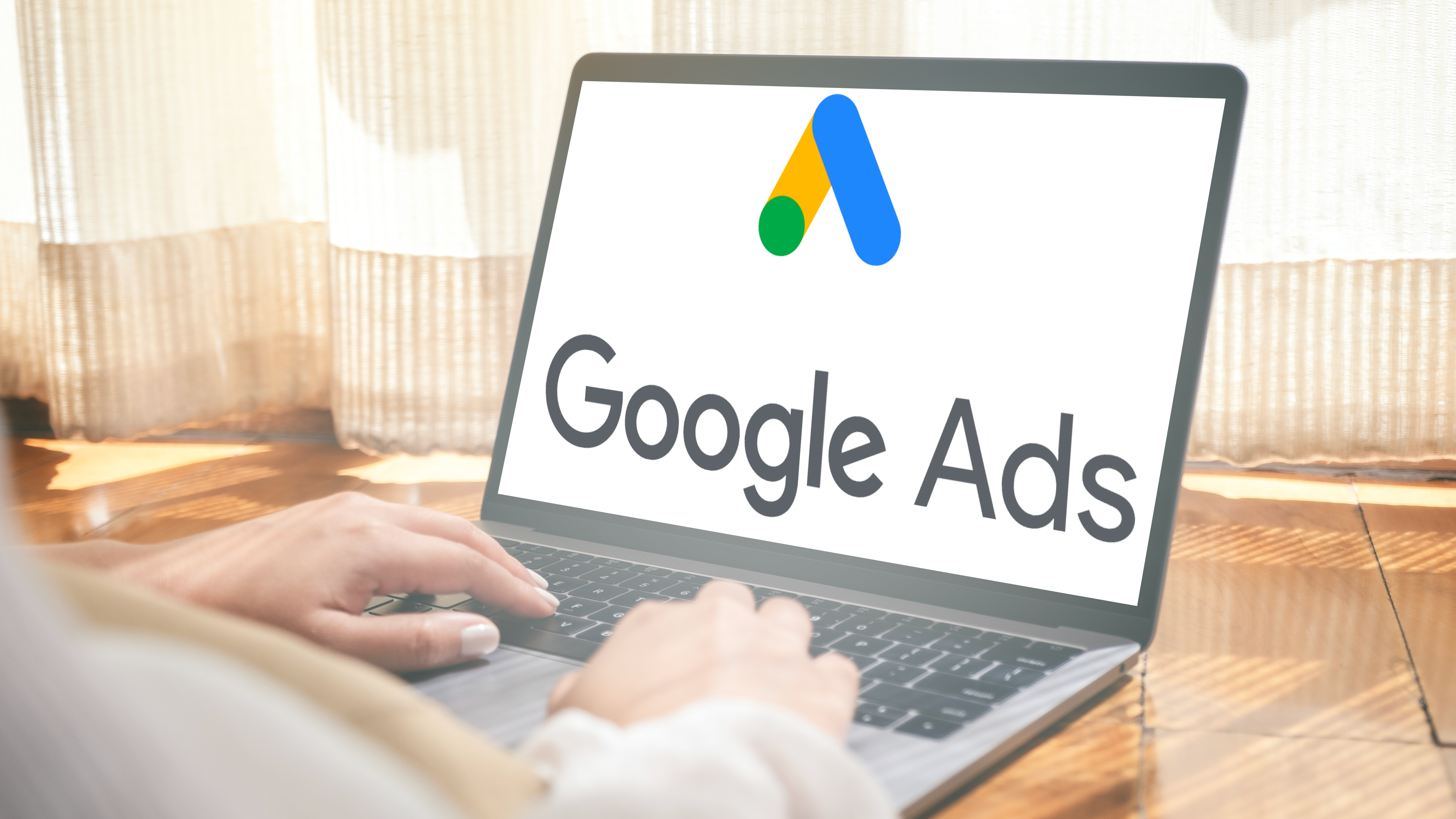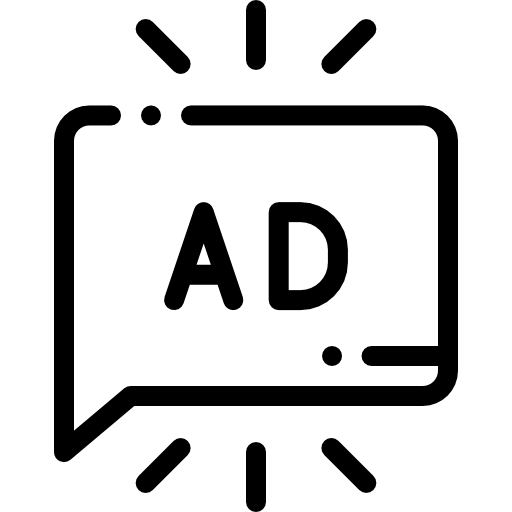
In today’s digital landscape, Google Ads has become an indispensable tool for businesses aiming to reach their target audience and drive results. To make the most of your Google Ads campaigns, it’s crucial to implement these Google Ads best practices that have proven effective over time. This article will delve into ten key Google Ads best practices that can supercharge your advertising efforts and maximize your return on investment (ROI).

Conduct Thorough Keyword Research: Comprehensive keyword research is a fundamental pillar of a successful Google Ads campaign. Utilize tools like Google Keyword Planner to identify relevant keywords with high search volumes. Focus on long-tail keywords to capture specific user intent, generating higher-quality traffic and better conversion rates.
Build a Comprehensive Account Architecture: This refers to how you structure your campaigns, ad groups, and keywords. For example, Mosaic eMarketing is a digital marketing agency that offers various digital marketing services. Say we want to promote our Google Ads services and Facebook Ads services. Below is an example of what not to do and what we would do in a Google Ad account with this scenario. This is only a sample and does not reflect an entire account build:
Create Compelling Ad Copy: Craft ad copy that captures users’ attention and entices them to click. Incorporate target keywords strategically in the headline and description, highlighting unique selling points. A/B tests different variations to determine the most resonant ad copy for your audience.
Leverage Ad Extensions: Enhance your ads’ visibility and provide additional information with ad extensions. Utilize site link extensions, call extensions, callout extensions, image extensions, review extensions, and all other extensions that make sense for your business to increase click-through rates and improve overall campaign performance. Showcase extra details about your products or services using these extensions.


Complete the Advertiser Verification: We won’t get into all the details about advertiser verification in this post. You can learn more about that here; Google Ads verification. By doing this, you increase transparency, unlocking more ad extensions, like business name and business logo.
Optimize Landing Pages: Drive traffic to well-optimized landing pages to convert clicks into meaningful actions. Align landing pages seamlessly with ad messaging, provide clear calls-to-action, and ensure a smooth user experience across devices. Optimize for fast loading times, mobile-friendliness, and relevance to maximize conversion rates.
Implement Smart Bidding Strategies: Utilize Google’s automated bidding strategies, such as Target CPA or Target ROAS, to optimize bids and improve campaign performance. Set specific performance goals and allow these strategies to dynamically adjust bids, increasing the likelihood of achieving desired outcomes efficiently.
Regularly Monitor and Optimize: Effective Google Ads management requires continuous monitoring and optimization. Analyze campaign performance metrics such as click-through rate (CTR), conversion rate, and return on ad spend (ROAS). Identify underperforming elements and make data-driven optimizations to improve results. This includes optimizing keywords, ad assets, negative keywords, ads, bidding strategies, and other campaign and account settings.
Stay Updated with Industry Trends: The digital advertising landscape is ever-evolving. Stay informed about industry trends and Google Ads updates by subscribing to industry publications, following authoritative blogs, and participating in relevant forums. Implementing the latest strategies and features can provide a competitive edge and maximize campaign effectiveness.
Set up Conversion Tracking: Measure important actions, including phone calls, form fill-outs, and purchases, by setting up conversion tracking. This helps optimize your account toward the actions that matter most for your business.
Don’t Forget about Negative Keywords: Utilize negative keywords to prevent your ads from showing up for irrelevant search queries. This improves targeting and ensures your ads are displayed to the most relevant audience, avoiding wasted ad spend.
Run Experiments: Experiment with bidding strategies, ad copy, landing page destinations, and other important settings. Let analytics guide your optimization decisions and refine your strategies for better performance.

Mastering Google Ads requires a deep understanding of best practices and a commitment to ongoing optimization. By conducting thorough keyword research, creating compelling ad copy, leveraging ad extensions, optimizing landing pages, implementing smart bidding strategies, monitoring performance, and staying updated with industry trends, you can elevate your Google Ads campaigns to new heights. Remember, success in Google Ads is not achieved overnight. Continuously test, analyze, and refine your strategies based on data and user behavior. With a diligent approach, Google Ads can become a powerful ally in growing your business and achieving digital advertising success. Regularly optimize your ads, keywords, and targeting settings based on the data to improve your campaign’s results.